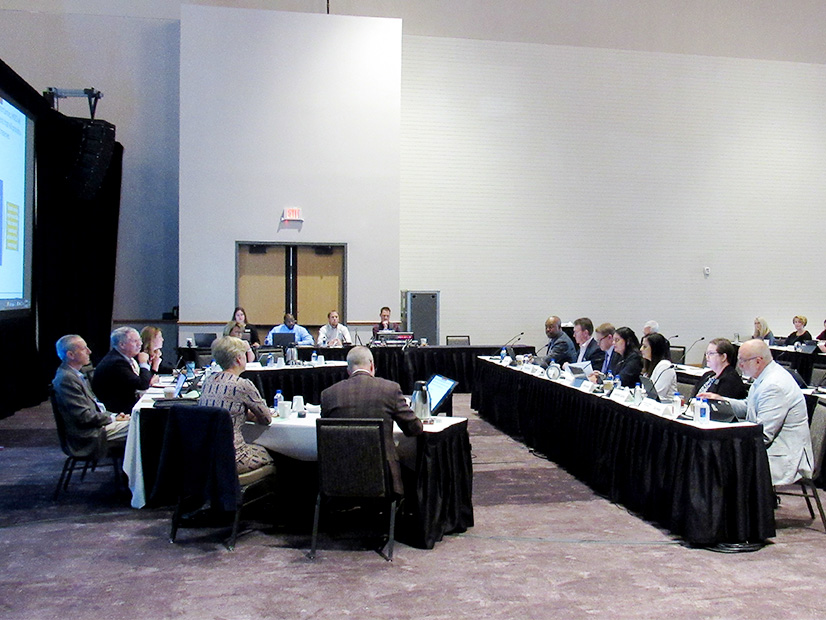MINNEAPOLIS — MISO presided over reliable operations at higher prices this summer, although its Independent Market Monitor said it is concerned about the RTO’s reliance on out-of-market commitments to maintain reliability.
The difference of opinion arose in Tuesday’s session of the MISO Board of Directors’ Markets Committee during MISO’s quarterly Board Week.
The RTO only called a couple of maximum generation alerts this summer during June’s early heat. That same month, MISO registered the summer’s high systemwide peak at 121 GW on June 21, topping a projected 116-GW monthly peak. The system peaked at 119 GW in July and at 112 GW in August, below expectations of 124 and 122 GW, respectively.
The operations performance came with dramatically higher costs because of soaring natural gas prices, supply chain issues for coal and slightly higher load as the COVID-19 pandemic precautions ease.
The Monitor’s David Patton said all-in summer energy prices doubled year-over-year to about $75/MWh. He said that day-ahead and real-time congestion costs doubled over last summer to more than $750 million, primarily in the footprint’s northern region where abundant wind generation struggles to flow out of the region.
Are Units Being Overcommitted?
Patton also said MISO operators continued to overcommit generation during the summer. The grid operator said it has had a commitment success rate of about 96% during the season, an indication that it regards most of its commitments as optimal or necessary.
“MISO grades itself as an A+, but at this point we think it’s more a C+. … There’s a disconnect,” Patton said.
Patton estimated that the RTO spent about $80 million in revenue sufficiency guarantee (RSG) payments to resources during the summer. He said only about 10% of the RSG payments are necessary to dilute risk.
MISO uses overly conservative criteria to justify making additional commitments, Patton said. He asked staff to support their commitments with a sharper risk analysis that could avoid excessive commitments. He said the RTO’s operators are “squelching” the markets’ ability to incent nimble generation.
“Ultimately, we want the markets to work,” he said. “We want prices to rise under tight conditions so that fast-start resources are rewarded for the reliability they provide.”
“It is our goal to never make an out-of-market commitment. The reality is we have to make out-of-market commitments,” MISO President Clair Moeller said, adding that exact load amounts materialize in real-time, not day ahead.
Renuka Chatterjee, the grid operator’s vice president of operations, called Patton’s criticism a “healthy tension” between MISO and its Monitor. Patton added that to its credit, the RTO’s leadership is open to discussing the problem further and collaborating on a solution.
MISO, which has begun to track its solar output peaks, said it recorded an all-time high of 2.2 GW on Aug. 31, accounting for 3% of load. Its all-time wind peak remains the 23.6 GW generated on Jan. 18.



